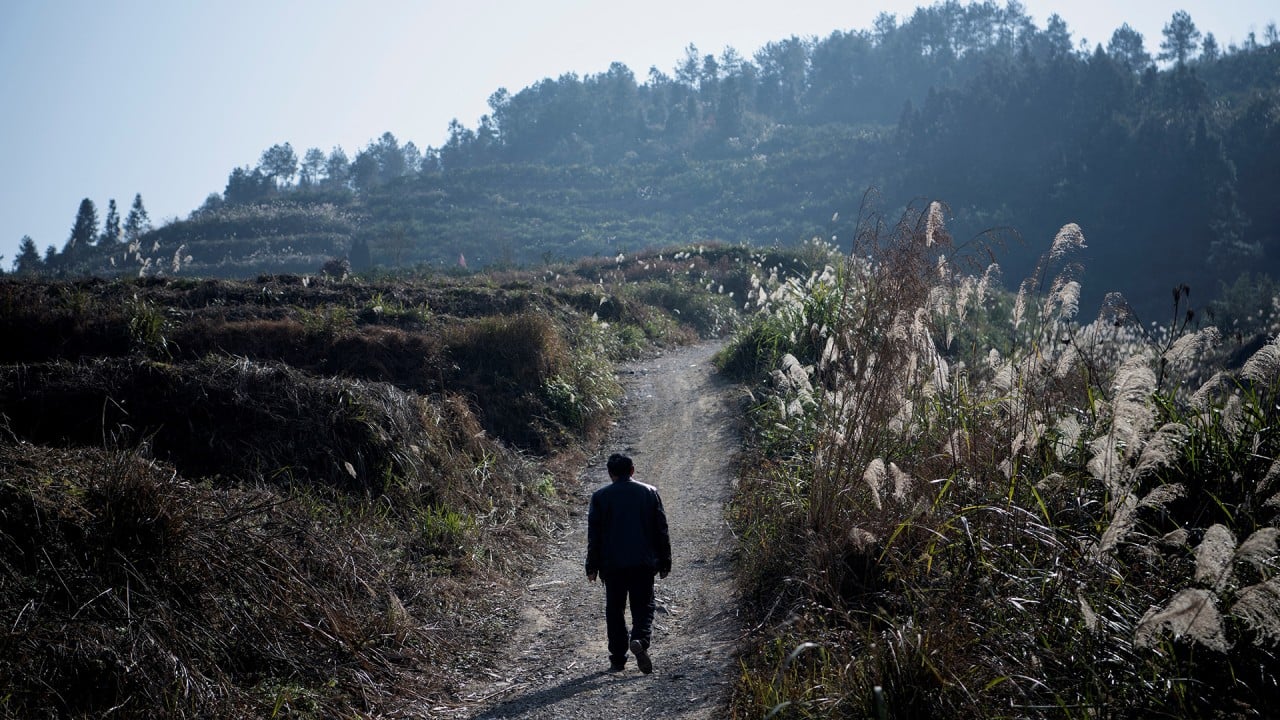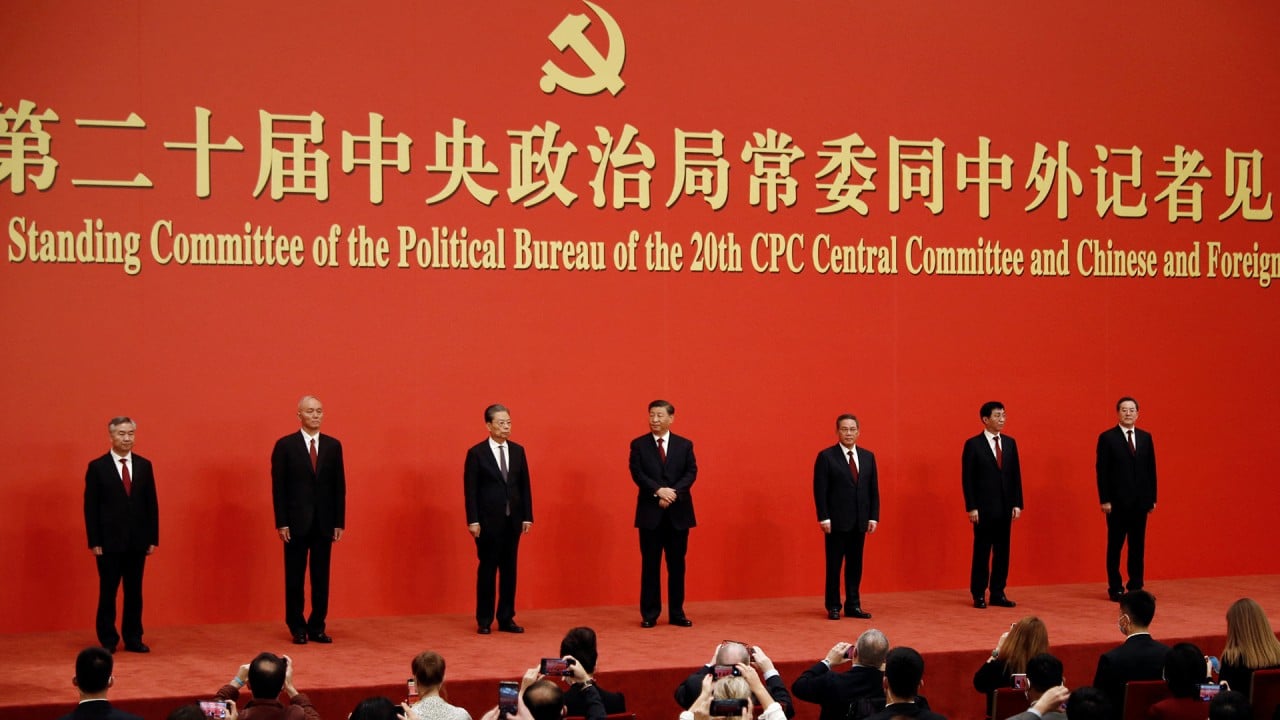
China names model county for inequality reduction as Xi Jinping accelerates transition to a ‘modern socialist country’
- Jiashan county in the eastern province of Zhejiang has been designated a demonstration zone by Beijing in its drive to reduce inequality
- The plan sheds light on some of the metrics that could be used to measure ‘common prosperity’, such as an acceptable urban-rural income ratio
China has launched a plan to turn a county neighbouring Shanghai into a model for narrowing the country’s yawning wealth gap, shedding light on some of the metrics used to measure progress under “common prosperity”.
After Beijing designated the eastern province of Zhejiang a demonstration zone last year in its drive to reduce inequality and create a more equal society, Jiashan county has been named as a leading trial area for “common prosperity”, according to a guideline published on Tuesday by the National Development and Reform Commission (NDRC), the country’s top economic planning agency.
The document set a series of specific targets, including for the per capita disposable income ratio between city dwellers and rural residents, and expanding the middle class to 82 per cent of the local population by 2025.
Spending on research and development will also reach 4 per cent of local economic output, the plan showed.
Authorities hope the guidelines will turn the region of more than 648,000 people into “a model of high-quality, county-level development” by 2035.
“[This is] of great significance in helping to build a modern socialist country in all aspects,” officials from the NDRC said in the statement.
The 20th party congress report set an objective of “substantially” growing the middle class by 2035.
‘Warning signal for the wealthy’: Xi signals new front in inequality fight
But speculation is growing about what approach Beijing might take to achieve “common prosperity” and how the government would assess progress, after President Xi Jinping announced tighter oversight of the way wealth is accumulated in the country.
The Jiashan plan is likely to have cemented a view that the income gap between urban and rural residents is an indicator closely tracked by Beijing, something suggested by Han Baojiang, a professor and director of the economics department at the Central Party School of the Communist Party.
He told a webinar in September that authorities are keen to reduce the gap to around two at the national level.
The per capita disposable income of urban residents was nearly 2.57 times that of rural residents during the first three quarters of the year, according to data from the National Bureau of Statistics.
The gap in Jiashan was 1.7 in the first three months of the year, but had fallen to 1.35 times at the end of June, lower than the blueprint’s target of 1.55, according to figures from the local authorities.
About 35 per cent of China’s population was classified as middle-income last year, according to data from the State Information Centre, a public institution directly affiliated to the NDRC.
The level is much lower than the 70 per cent recorded in several European countries, including France, Germany and Norway, as well as Canada, according to the NDRC. It is also lower than that of the United States at 55.9 per cent.
China still faces large challenges in translating its goals into reality, especially as Chinese citizens are broadly divided into two socioeconomic groups, urban and rural, according to Liu Shangxi, head of the Chinese Academy of Fiscal Sciences.
‘Don’t pass down poverty’: entrepreneur gives US$4.7 million to poor students
Only by reducing the “dual” structure and removing institutional restraints on the rural population could the country increase the middle-income group and common prosperity, he said.
The plan for Jiashan called for integration of urban and rural economies, while deepening reform of the rural cooperative organisations to boost agricultural development.
The county will also carry out a pilot program for Qualified Foreign Limited Partnership to attract more overseas investors, the plan said.
The region will be allowed to reform investment approval procedures to improve the local business environment.



